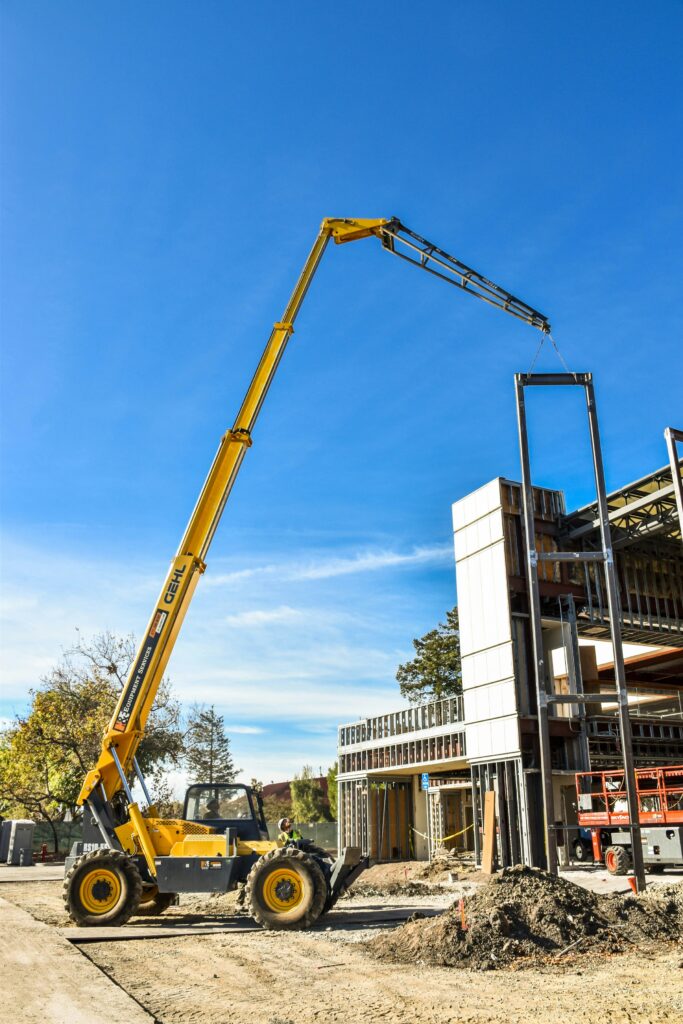Exploring the Science Behind Crane Stability
Cranes stand as towering symbols of modern construction and engineering prowess, effortlessly hoisting heavy loads to great heights. Yet, beneath their impressive exterior lies a complex interplay of physics and engineering principles that govern their stability. Understanding the science behind crane stability is crucial not only for safe operations but also for optimizing efficiency and productivity on construction sites. In this exploration, we delve into the intricate mechanics that ensure cranes remain stable even under immense loads and challenging conditions.

Fundamentals of Crane Stability
At the heart of crane stability lies the concept of equilibrium—the delicate balance between forces acting on the crane structure. Every crane operates within the constraints of gravity, which exerts a downward force on the crane’s center of mass. To maintain stability, the crane must counteract this force by distributing weight evenly and preventing tipping or overturning.
The Stability Triangle
A fundamental concept in crane stability is the stability triangle, which illustrates the relationship between the crane’s center of gravity, the ground, and the load being lifted. Imagine drawing an imaginary triangle with the crane’s base as the bottom, the load as one corner, and the crane’s center of gravity as the other corner. The larger the stability triangle, the more stable the crane becomes.
Counterweights and Outriggers
To expand the stability triangle and enhance stability, cranes often employ counterweights and outriggers. Counterweights, typically located at the rear of the crane’s upper structure, offset the weight of the load being lifted, preventing the crane from tipping forward. Outriggers, extendable legs that provide additional support, increase the crane’s footprint and distribute weight more evenly, especially on uneven terrain.
Dynamic Factors
Crane stability is not solely determined by static conditions but also influenced by dynamic factors such as wind, movement of the load, and operator actions. Wind, in particular, poses a significant risk to crane stability, exerting lateral forces that can destabilize the crane if not properly accounted for. Modern cranes often feature sensors and computerized systems that monitor wind speed and adjust crane operations accordingly to maintain stability.
Load Chart and Capacity
A crucial aspect of crane stability is understanding its load chart, which specifies the maximum weight a crane can safely lift at various boom lengths and angles. Exceeding the crane’s rated capacity compromises stability and poses a serious risk of tipping or structural failure. Crane operators must meticulously adhere to load charts and conduct thorough risk assessments before lifting any load to ensure stability and safety.
Factors Affecting Stability
Several factors can influence crane stability, including ground conditions, slope, proximity to obstacles, and the presence of overhead obstructions. Soft or unstable ground can undermine the crane’s ability to support heavy loads, while uneven terrain may require additional measures such as cribbing or mats to provide a stable foundation. Operating cranes near power lines or buildings necessitates careful planning and coordination to avoid collisions and maintain stability.
Advancements in Crane Stability
Advances in technology have led to significant improvements in crane stability and safety. Modern cranes often incorporate sophisticated control systems, GPS tracking, and real-time monitoring to enhance stability and prevent accidents. Additionally, innovations such as telescopic booms, variable outrigger configurations, and self-erecting cranes have expanded the capabilities of cranes while maintaining stability in diverse environments.
Training and Certification
Ensuring crane stability requires competent and skilled operators who understand the principles of stability and can effectively assess and manage risks. Training programs and certification requirements for crane operators emphasize not only technical proficiency but also a thorough understanding of crane stability principles and safe operating practices. Continuous training and adherence to industry standards are essential for maintaining a culture of safety in crane operations.
The science behind crane stability encompasses a broad array of principles and considerations, from the static equilibrium of the stability triangle to dynamic factors such as wind and load dynamics. By understanding these principles and implementing appropriate measures, crane operators can ensure safe and efficient operations on construction sites. As technology continues to evolve, so too will the methods and technologies used to enhance crane stability, ushering in a new era of safer and more reliable crane operations.
